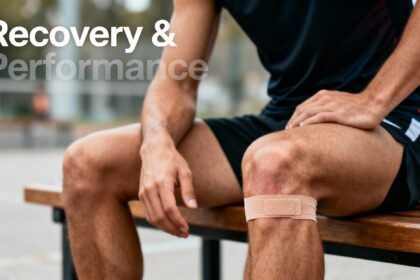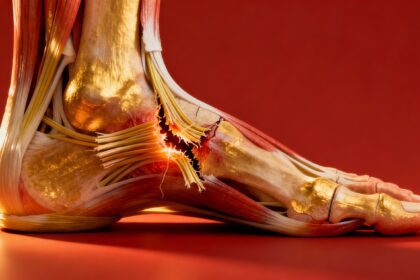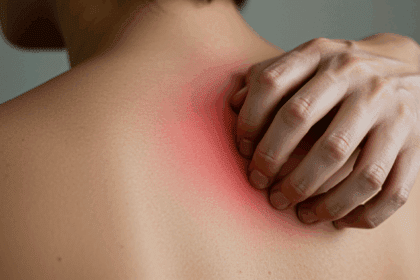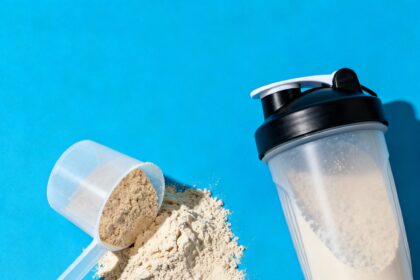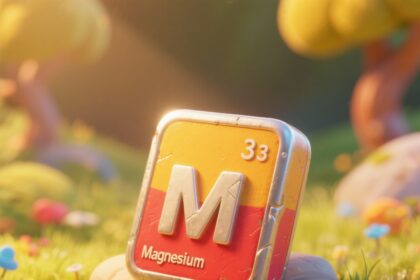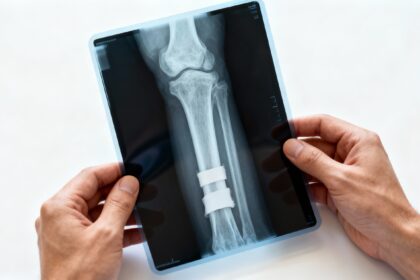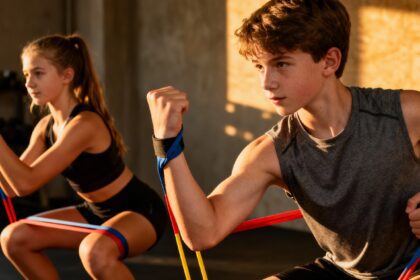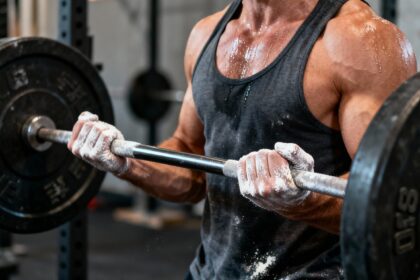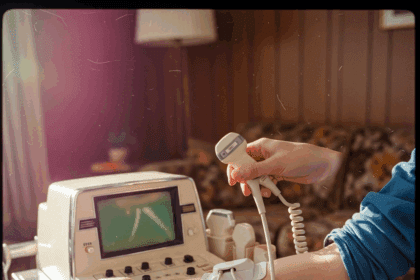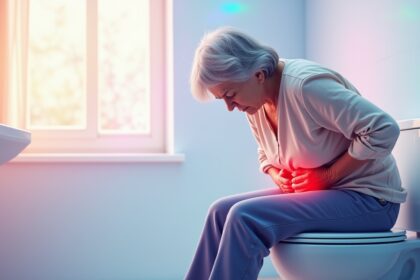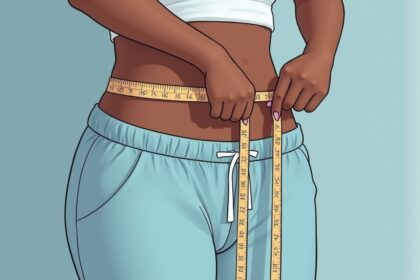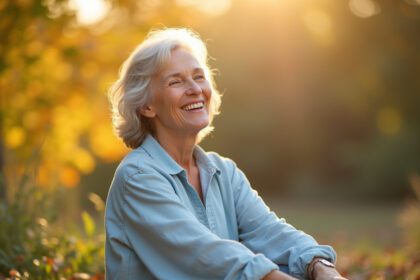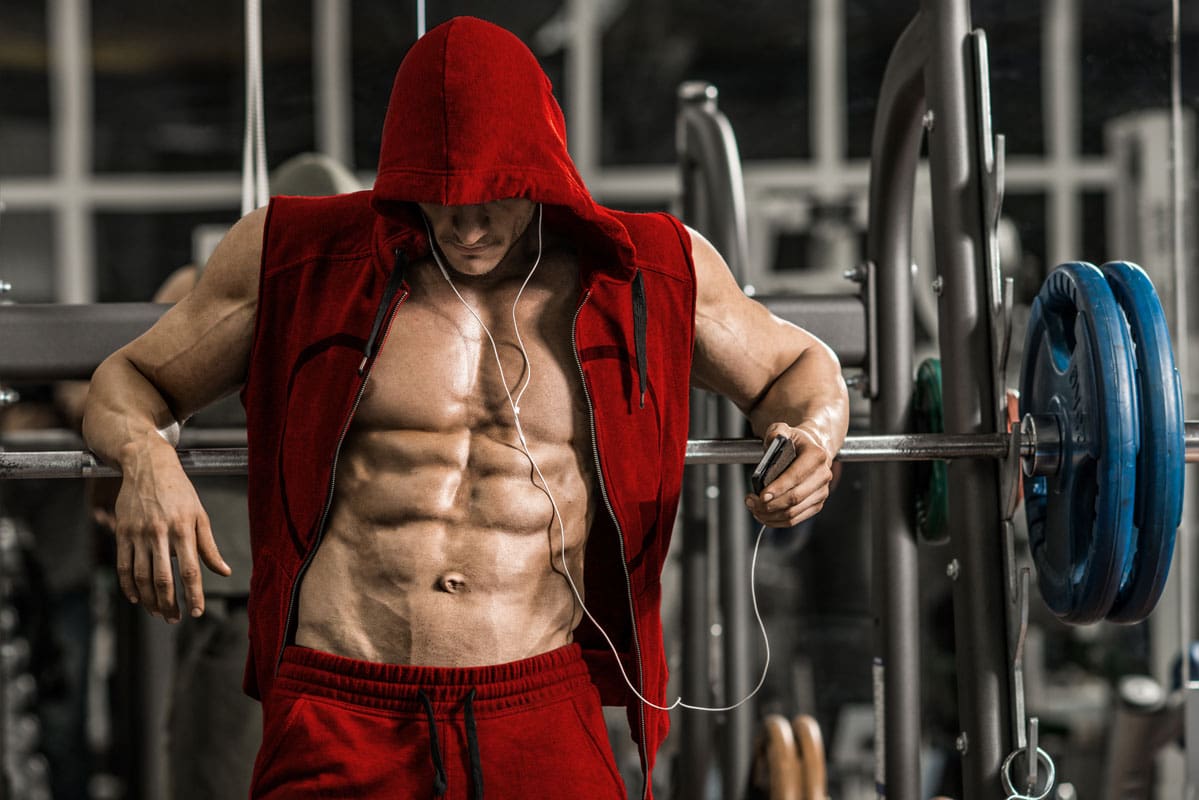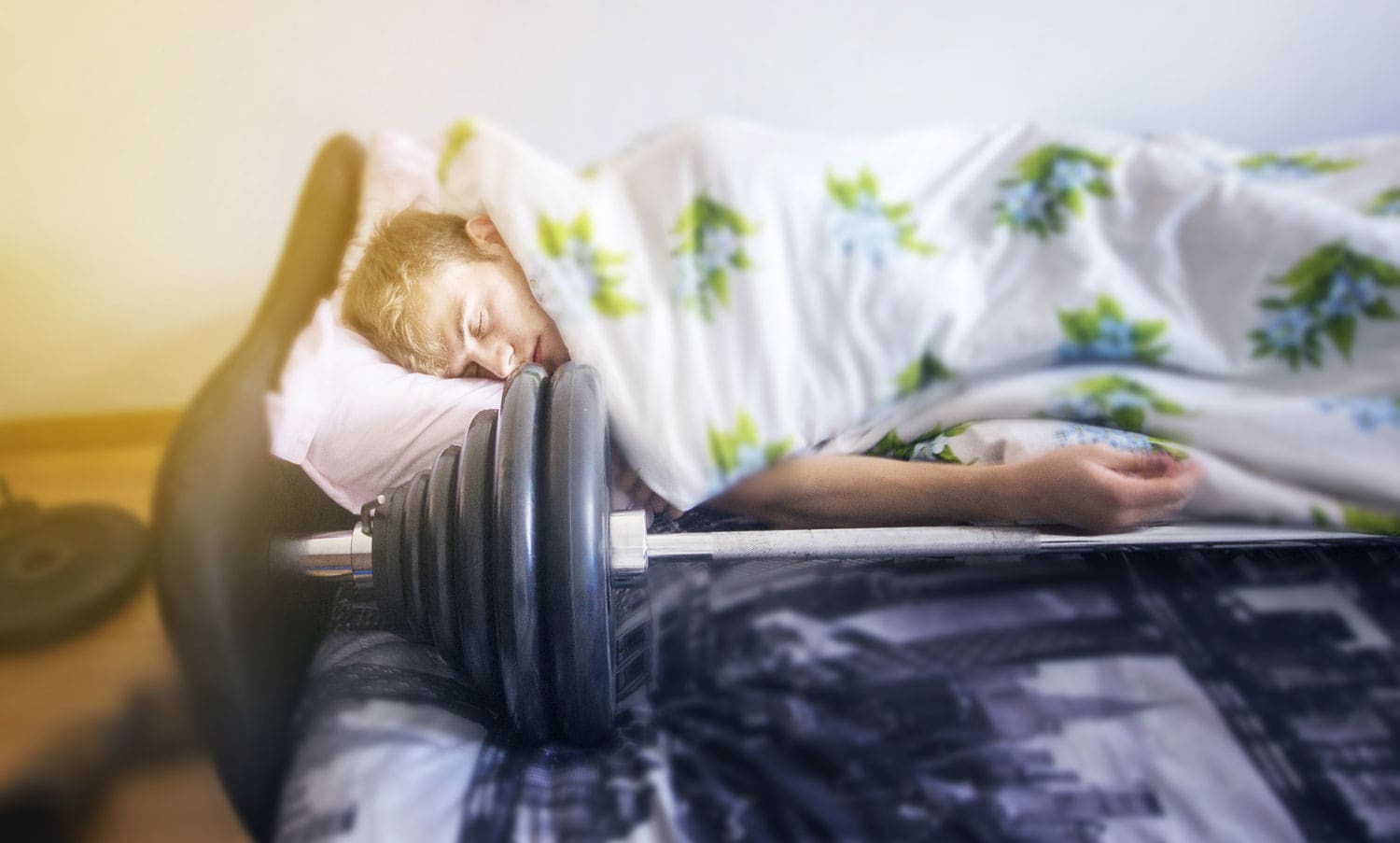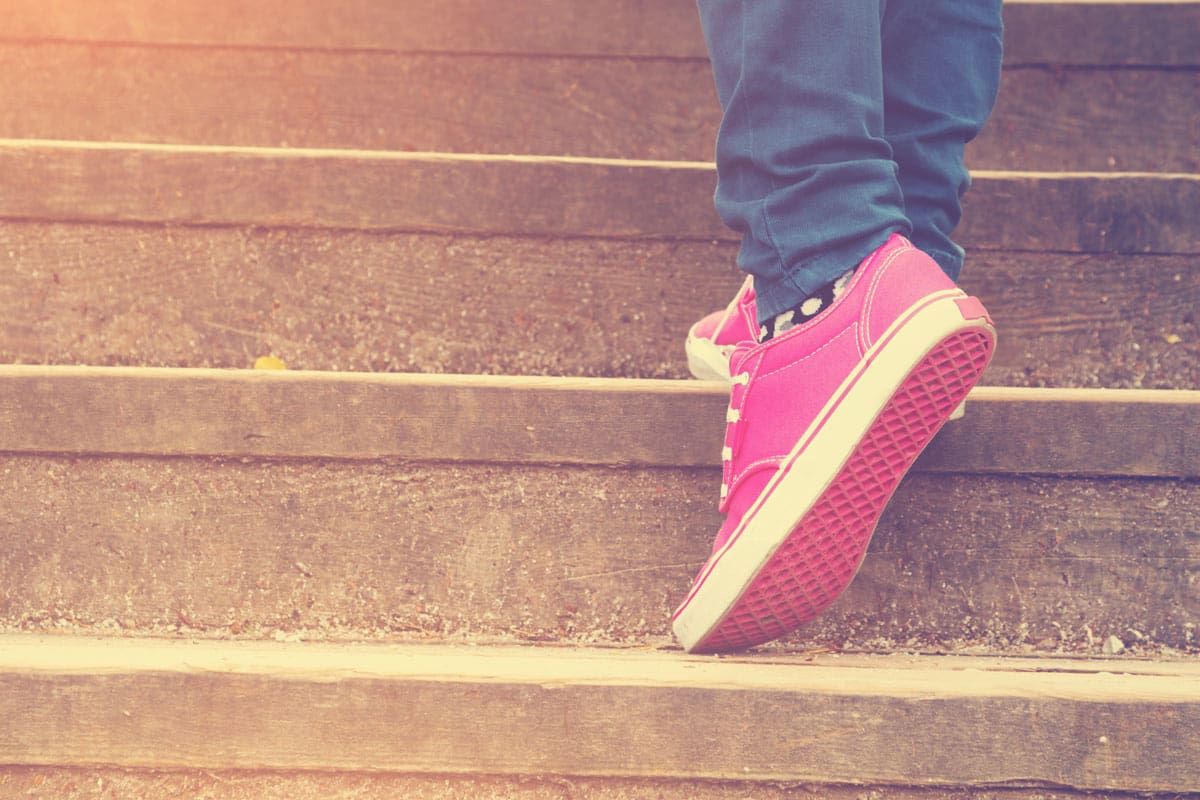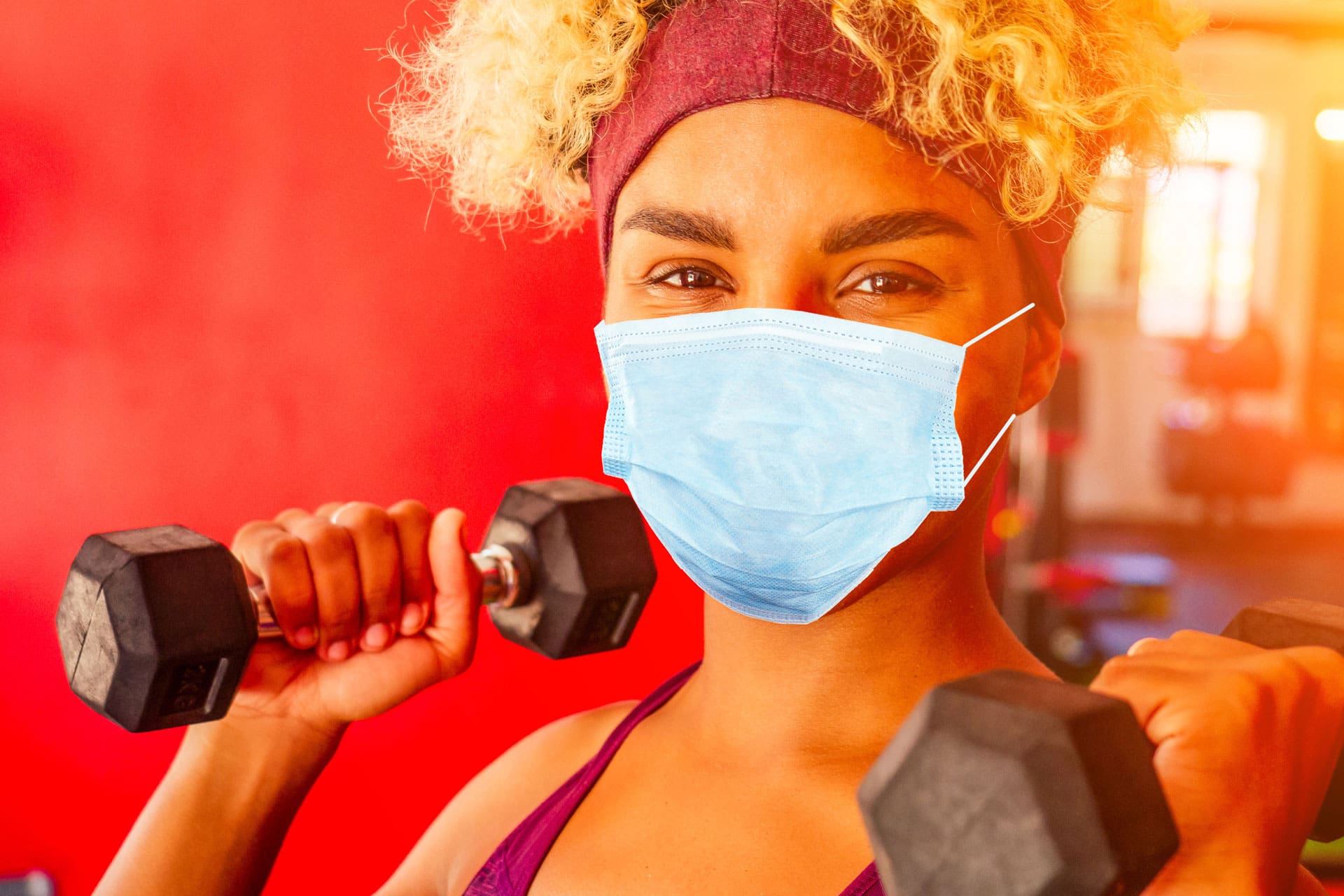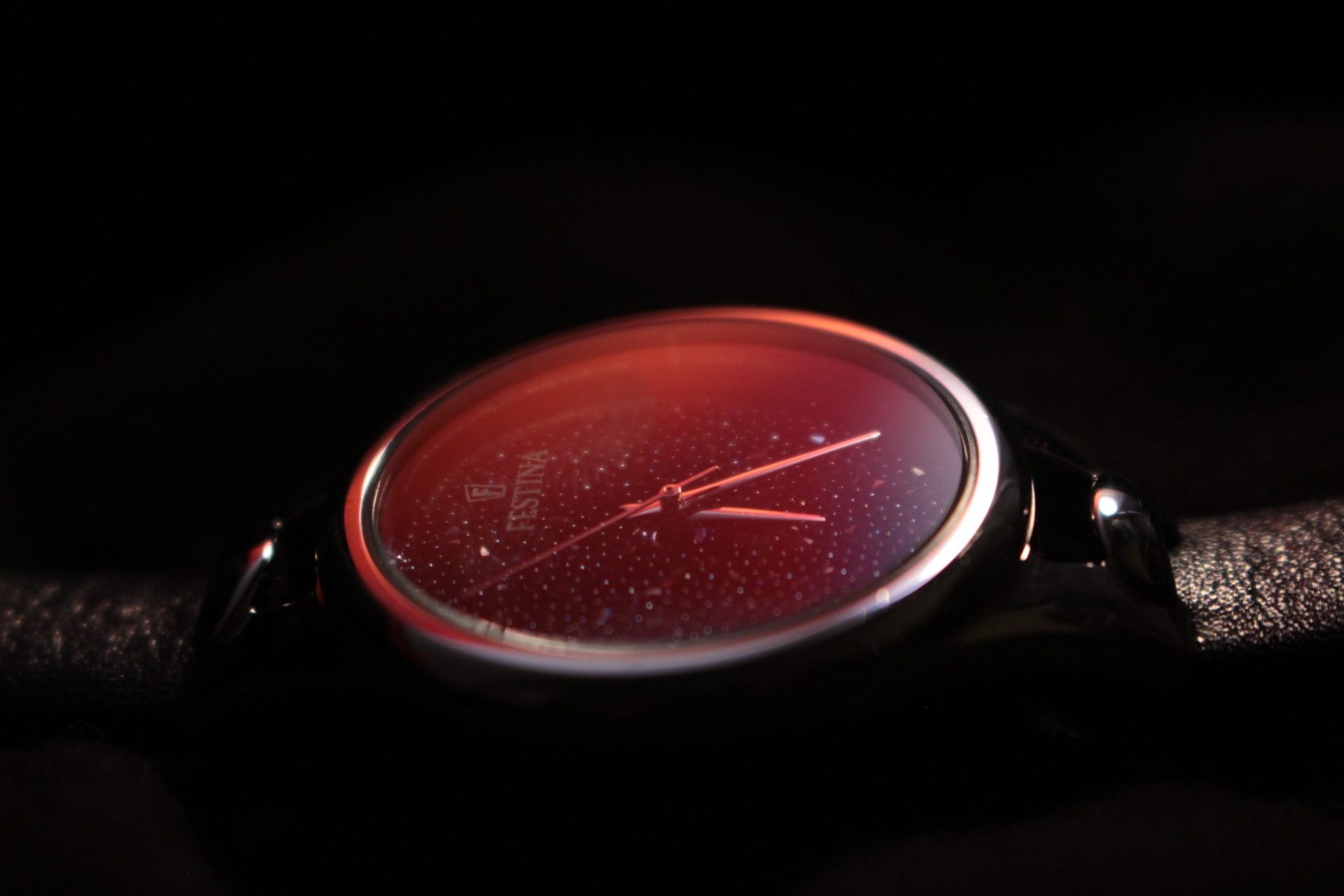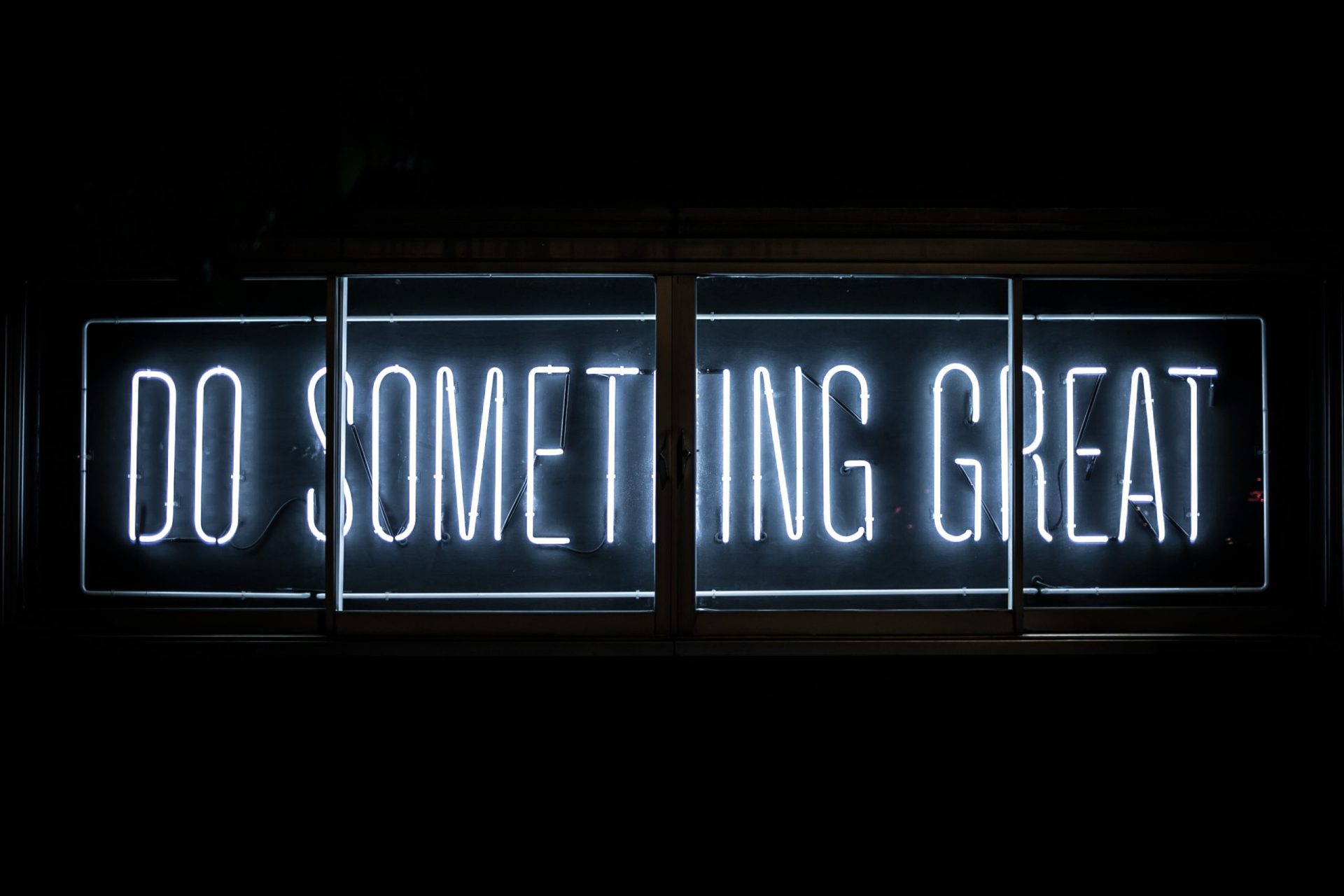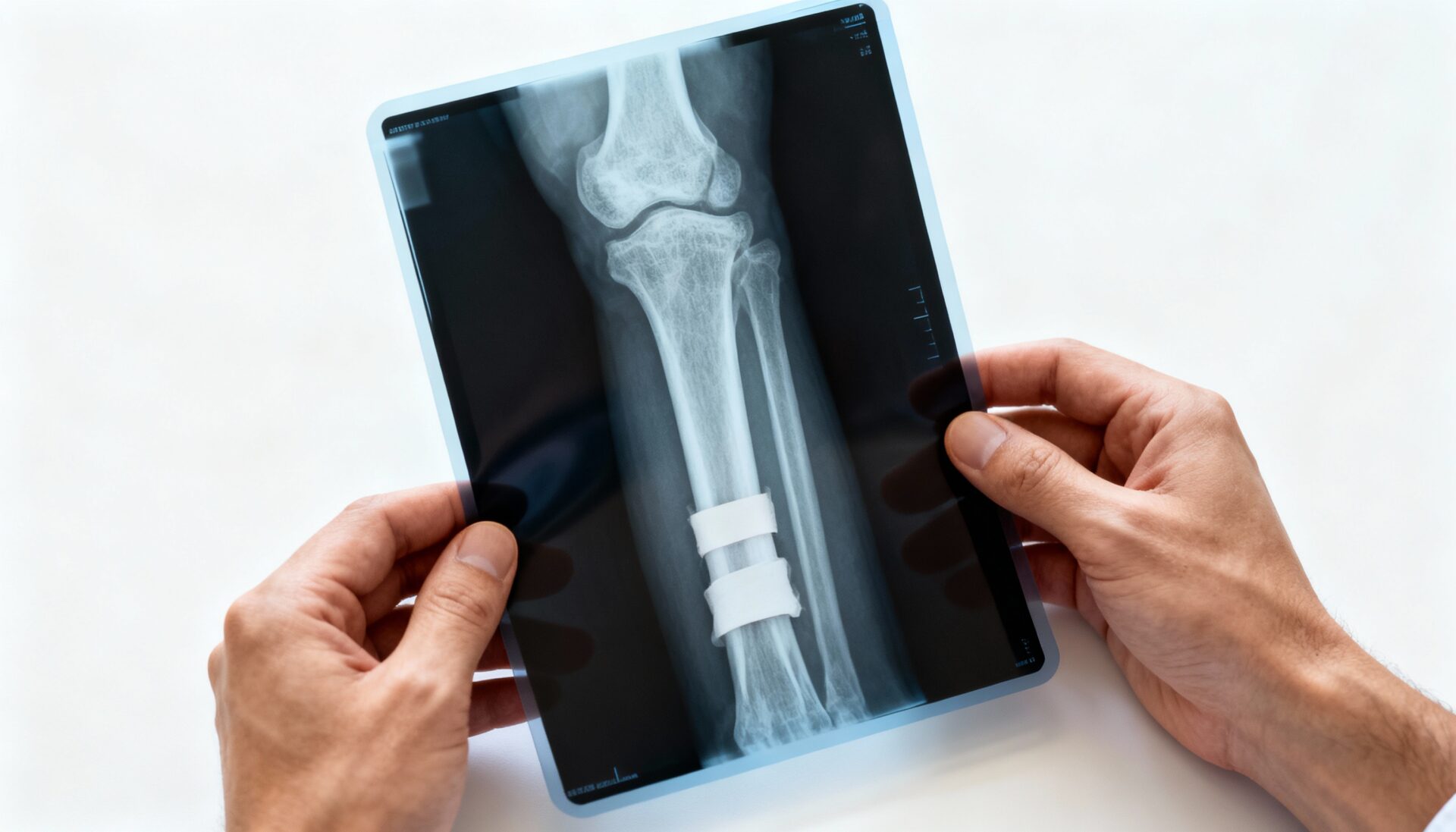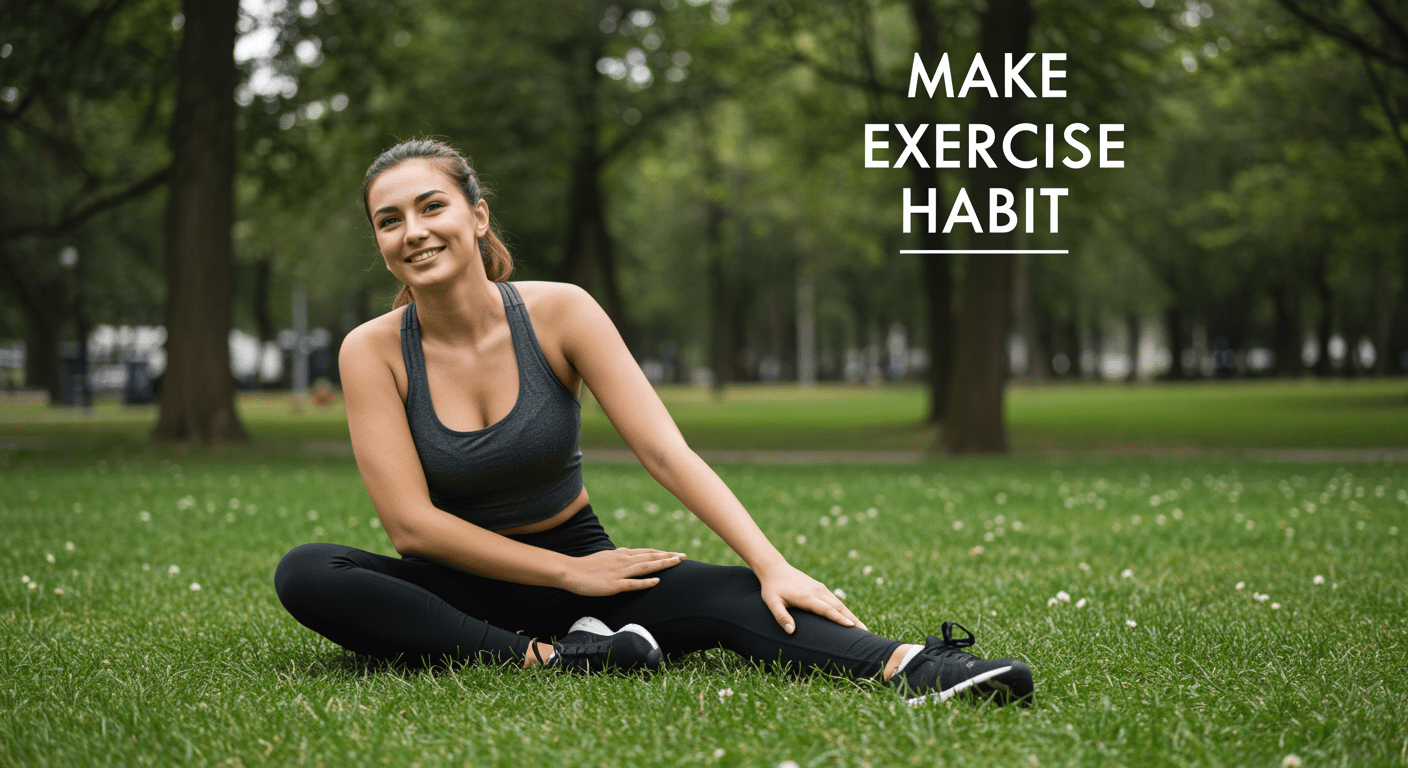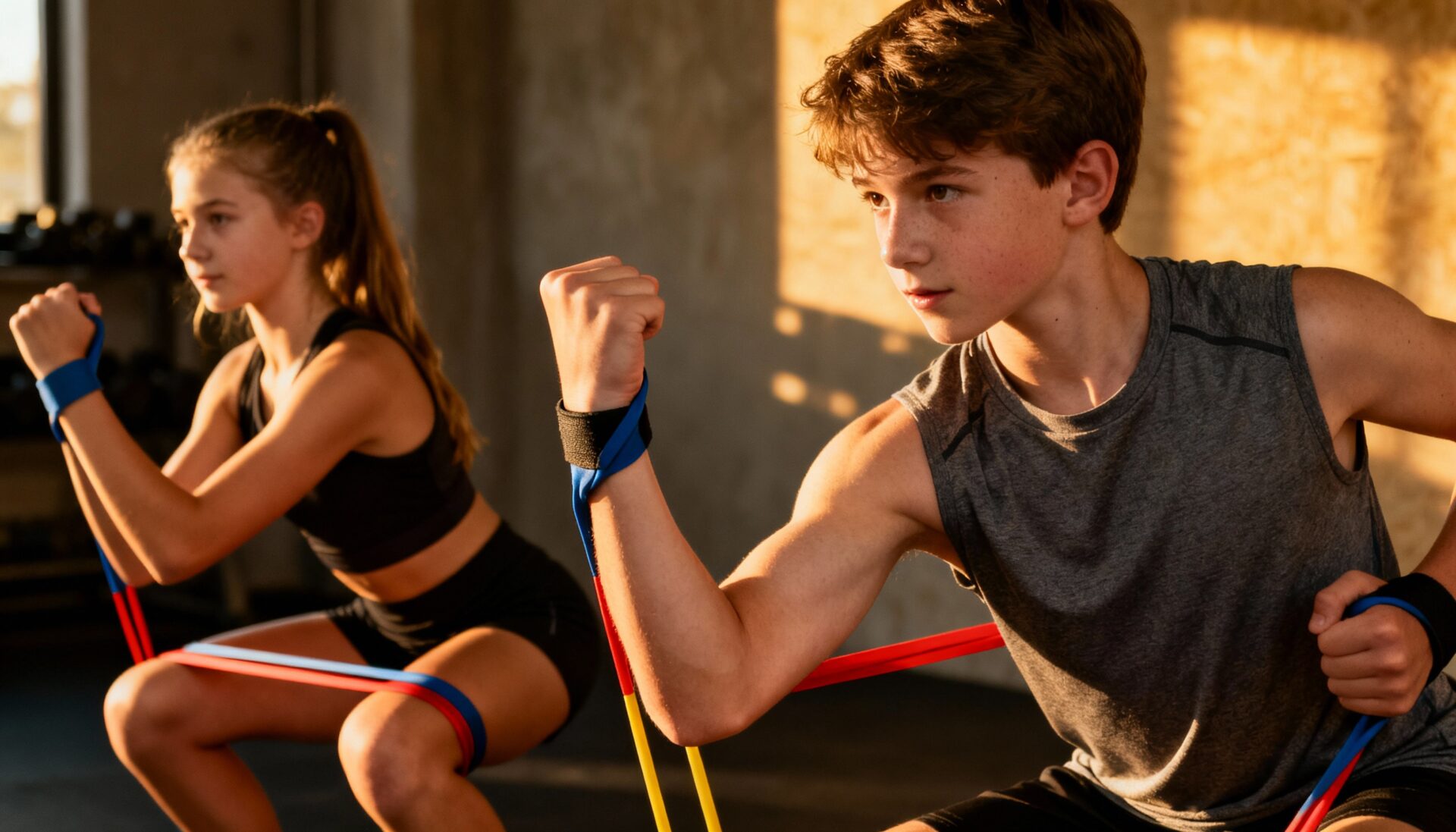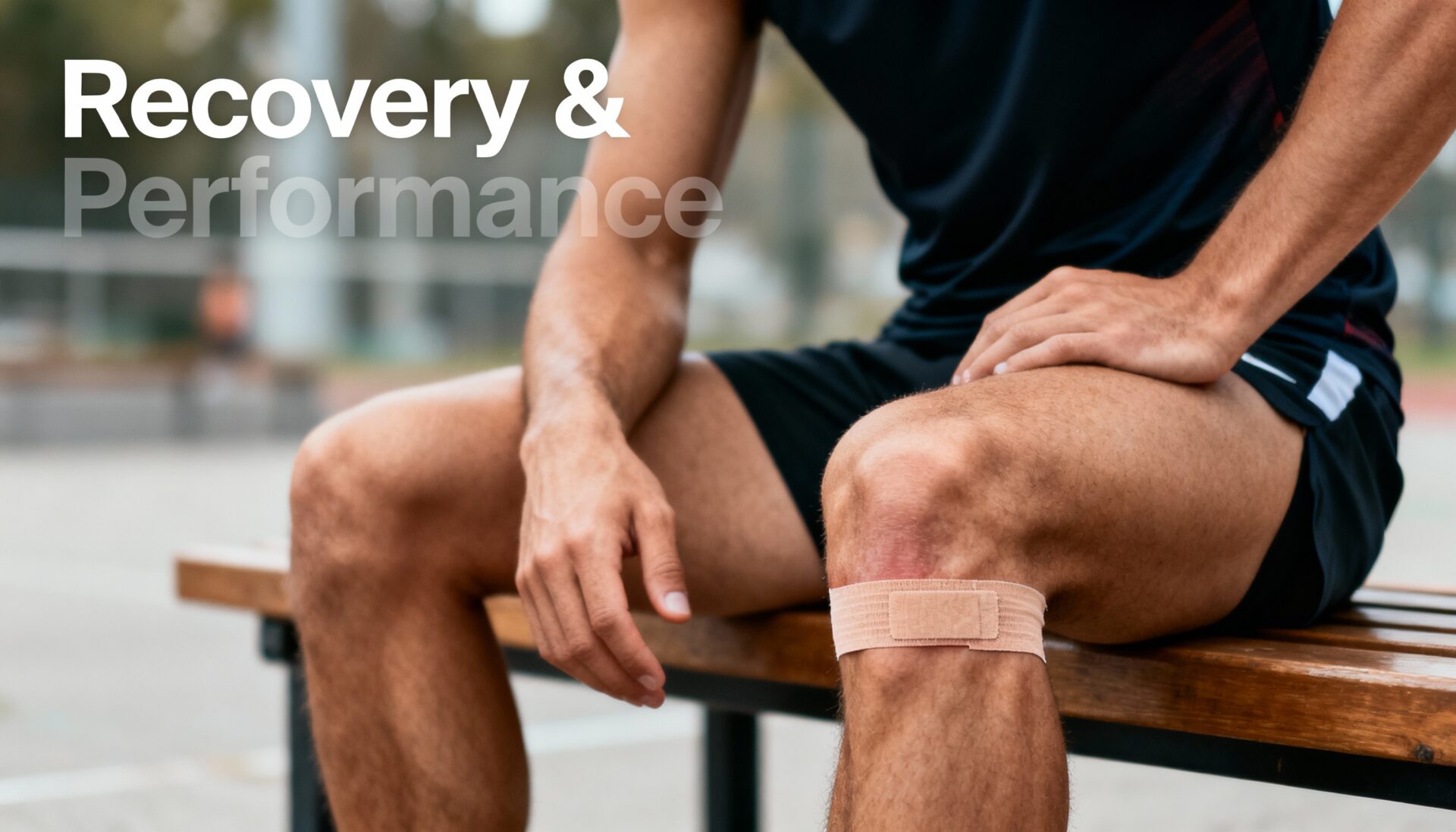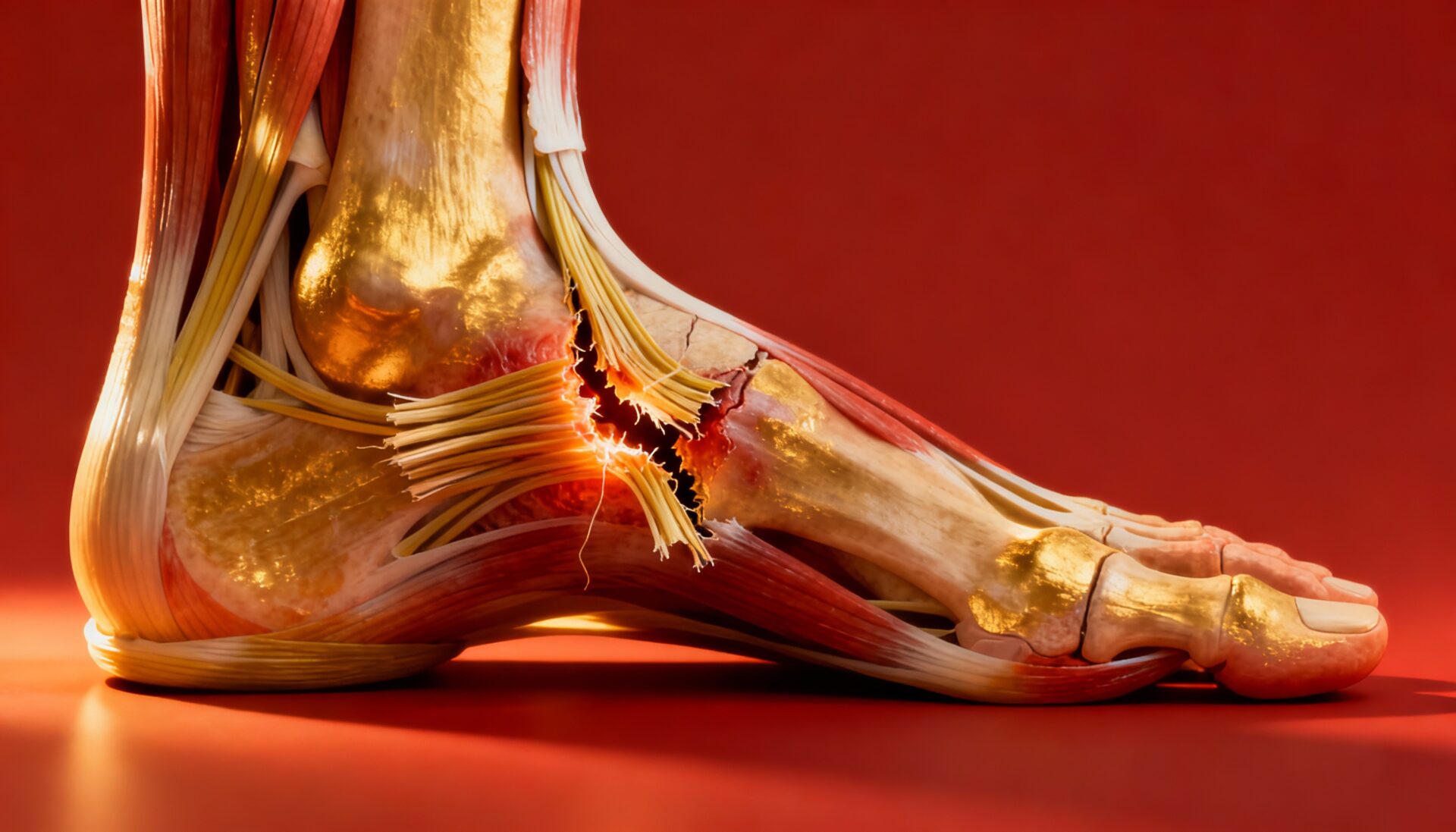Fitness is related to the type of training. It’s the successful result of adaptation to stress. When muscles are stressed by physical exercise, they progressively elevate their capacity to handle that stress. This desirable adaptation is called hypertrophy. Adaptations are achieved when regular training is followed. DNA includes genes that are the blueprints for each protein in a muscle cell, such as regulatory proteins, contractile proteins, and enzymes. Changes in the gene expression of the cell increase the functional proteins with training. While many associate “stress” in a negative light, some damage is required for maximizing adaptation. Exercise also places stress on the cardiovascular system, specifically the heart. The benefits are a more efficient system, increased cardiac output and VO2. Proper training can increase oxygen delivery in active muscles and includes raising the anaerobic threshold. By stressing the bones of the skeletal system, resistance training can increase bone mineral density which activates osteoblasts that promote bone deposition.
By Seante Collins
Although physical exercise is widely recognized to improve our health, exercise also increases oxygen consumption and causes some oxidative stress. Cellular adaptations to physical exertion include increased enzymes involved in aerobic energy production and more mitochondria that enables this production. Free radical formation has been shown to increase during exercise, specifically in aerobic exercise sustained at high intensity. Although there seems to be an increase in free radical production with increasing levels of exercise, it is not well understood. It is most likely related to the elevated use of oxygen via the mitochondria to make ATP. Because exercise increases aerobic metabolism it creates an imbalance between free radical formation and the neutralization of unbalanced molecules. This phenomenon is known as the oxidation-reduction (redox) balance. This imbalance leaves behind a concentrated number of free radicals. Interestingly, the antioxidant defense system can adapt. Such an adaptation means that antioxidants can respond more efficiently during bouts of exercise and extend training.
The inflammatory response caused by DOMS can release white blood cells that produce free radicals. While this immune response to injury is known to be beneficial, it may pose a risk. The chemicals produced, called “super-oxides”, can trigger a chain reaction of hydrogen peroxide in the body. For example, in 1993, scientists found that exercise-induced muscle damage caused by resistance training generated inflammatory responses in the damaged muscle and release phagocytes. These phagocytes are white blood cells which play an important role in repairing tissues, eliminating debris, and regenerating tissues but also releasing free radicals. A study in 2005 has shown that superoxide production increased NADPH oxidase during a respiratory burst, resulting in the conversion of hydrogen peroxide and strong oxidants. It has also been reported that free radical production immediately increases in exercises without muscle damage. Because oxidative stress is determined by redox balance, both redox balance and level of antioxidants in the tissues are typically measured.
Oxidative Stress often results from an imbalance between the production of free radical reactive oxygen molecules, and the antioxidants required to eliminate them. They contain oxygen and have unpaired electrons in their structure. Unpaired electrons are ionic and highly reactive in the body. Free radicals simply make molecules give up their electrons so that they may pair with any unpaired electrons to become more stable. Free radicals can be created either from inhaling air pollutants or naturally as byproducts of cellular metabolism. Imagine yourself looking at one cell which has many organelles floating inside. The specific organelle, the mitochondria, is where electrons are transferred, and hydrogen is carried to pair with oxygen to form water (H2O). Sometimes oxygen doesn’t end pairing with a hydrogen ion and becomes a free radical. The body has natural defenses to neutralize these ionic molecules and tries to protect itself from damage. Natural defenses include an enzyme called superoxide dismutase and Vitamins A, E, and C. These natural defenses are antioxidants. Superoxide dismutase is an enzyme that works directly against free radical damage. Vitamins are nonenzymatic coenzymes that work indirectly. For example, Vitamin C reduces free radicals by donating an electron to an unpaired free radical. The damage to the cell membrane includes a process called lipid peroxidation. Human eukaryotic cells are made up of a lipid bilayer. When the unsaturated fatty acid part is broken it produces compounds that can react with oxygen molecules to form peroxide free radicals. In Star Wars-like fashion, Vitamin E blasts an electron into this unpaired free radical neutralizing it. This prevents the peroxide free radical from mingling with other fatty acids in the cell membrane, potentially causing more destruction. Because vitamins are so generous in donating electrons, this unfortunately causes them to become free radicals themselves. Amazingly, antioxidants such as vitamin E and vitamin C have the ability to donate electrons mutually. Antioxidants are essential compounds for the human body and without them, oxidation could not be controlled. If the loss of electrons is not managed and excessive oxidation occurs it disrupts maintenance processes, cell function, cancer formation, and DNA damage. Antioxidants are compounds that protect the body from attack by oxygen. Antioxidant defenses give up electrons to destabilize free radicals that tend to ignite chain reactions.
Super Oxide Dismutase (SOD) is considered to be an anti-aging enzyme. It is the front line of defense to the elimination of oxygen, working to break down hydrogen peroxide in the body. SOD is undoubtedly the most important antioxidant. The leftover free radicals produced by the immune system in response to injury are cleared by superoxide dismutase. Currently, SOD is administered through injection to treat arthritis. However, clinical therapeutic applications have been limited due to its short half-life, instability, and low cellular uptake. There are very few studies that have studied the effects of SOD in physical exercise and recovery. One 2013 study suggested that regular eccentric exercise could enhance SOD expression and improve the oxidative adaptation in skeletal muscles of rats. This study acknowledges that superoxide dismutase affects delayed onset muscle soreness, but stated its effects are unclear. Perhaps one day SOD could be used to improve athletic performance by speeding recovery and preserve the body during an athletic career.
References
Acute phase response in exercise. III. Neutrophil and IL-1 beta accumulation in skeletal muscle. Fielding RA, Manfredi TJ, Ding W, Fiatarone MA, Evans WJ, Cannon JG Am J Physiol. 1993 Jul; 265(1 Pt 2): R166-72.
Decreased blood oxidative stress after repeated muscle-damaging exercise. Nikolaidis MG, Paschalis V, Giakas G, Fatouros IG, Koutedakis Y, Kouretas D, Jamurtas AZ Med Sci Sports Exerc. 2007 Jul; 39(7):1080-9.
Electron spin resonance spectroscopic detection of oxygen-centered radicals in human serum following exhaustive exercise. Ashton T, Rowlands CC, Jones E, Young IS, Jackson SK, Davies B, Peters JR Eur J Appl Physiol Occup Physiol. 1998 May; 77(6):498-502.
Fink; Fink. Practical Applications in Sports Nutrition. Jones & Barlett Learning. 5th Edition.
Hitomi Y, Watanabe S, Kizaki T, et al. Acute exercise increases expression of extracellular superoxide dismutase in skeletal muscle and the aorta. Redox Rep. 2008;13(5):213-216. doi:10.1179/135100008X308894
Jackson MJ. Free radicals in skin and muscle: damaging agents or signals for adaptation? Proc Nutr Soc. 1999;58: 673– 676 Kanter M. Free radicals, exercise, and antioxidant supplementation. Proc Nutr Soc. 1998; 57: 9– 13
Packer L. Oxidants, antioxidant nutrients and the athlete. J Sports Sci. 1997;15(3):353-363. doi:10.1080/026404197367362
Review Oxidative stress: relationship with exercise and training. Finaud J, Lac G, Filaire ESports Med. 2006; 36(4):327-58.
Tidball J.G. Inflammatory Processes in Muscle Injury and Repair. Am. J. Physiol. Regul. Integr. Comp. Physiol. 2005
Younus H. Therapeutic potentials of superoxide dismutase. Int J Health Sci (Qassim). 2018;12(3):88-93. Zhao H, Liu J, Pan S, et al. SOD mRNA and MDA expression in rectus femoris muscle of rats with different eccentric exercise programs and time points. Published 2013 Sep 13.


